|
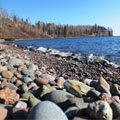
Great Lakes Commission Visits Duluth, Talks Water and Infrastructure Solutions
On Tuesday and Thursday, September 19-20, the city of Duluth hosted the annual meeting of the Great Lakes Commission (GLC), an interstate compact dedicated to discussing and implementing good public policy for water, land, and economic prosperity in the Great Lakes region. Members from eight states as well as Ontario and Quebec visited the Twin Ports, where they elected John Linc Stine, commissioner of the Minnesota Pollution Control Agency, as the GLC’s new chairman. Staff from MEP attended to learn from Great Lakes experts and offer input on pressing problems facing the region, and had the opportunity to view restoration projects that have already been accomplished in Duluth’s harbor.
The Commission’s most critical accomplishment was agreeing on an action plan to tackle the water infrastructure problems facing Great Lakes communities today. States around the basin are in need of drinking- and wastewater infrastructure upgrades that meet the needs of this century and prevent further pollution of these critical waters. These are issues that no city or state can address alone: the Commission will have to work with local stakeholders, federal agencies, and programs like the Great Lakes Restoration Initiative to move these projects forward.
Fortunately, Duluth provided an excellent opportunity for policymakers to learn. Native American leaders from the Fond du Lac Band and the Great Lakes Indian Fish and Wildlife Commission spoke about tribal sovereignty, engaging with indigenous communities, and the importance of wild rice as a critical resource for Great Lakes tribes. By listening to tribal, state, and local concerns in tackling the environmental challenges that face the Great Lakes, the GLC has an opportunity to build a cleaner and more equitable future for all of us who depend on these precious waters.
For more information on the GLC and Great Lakes issues, check out the 2017 Annual Meeting Briefing Book – the critical Joint Action Plan on clean water infrastructure can be found starting on page 38.

|
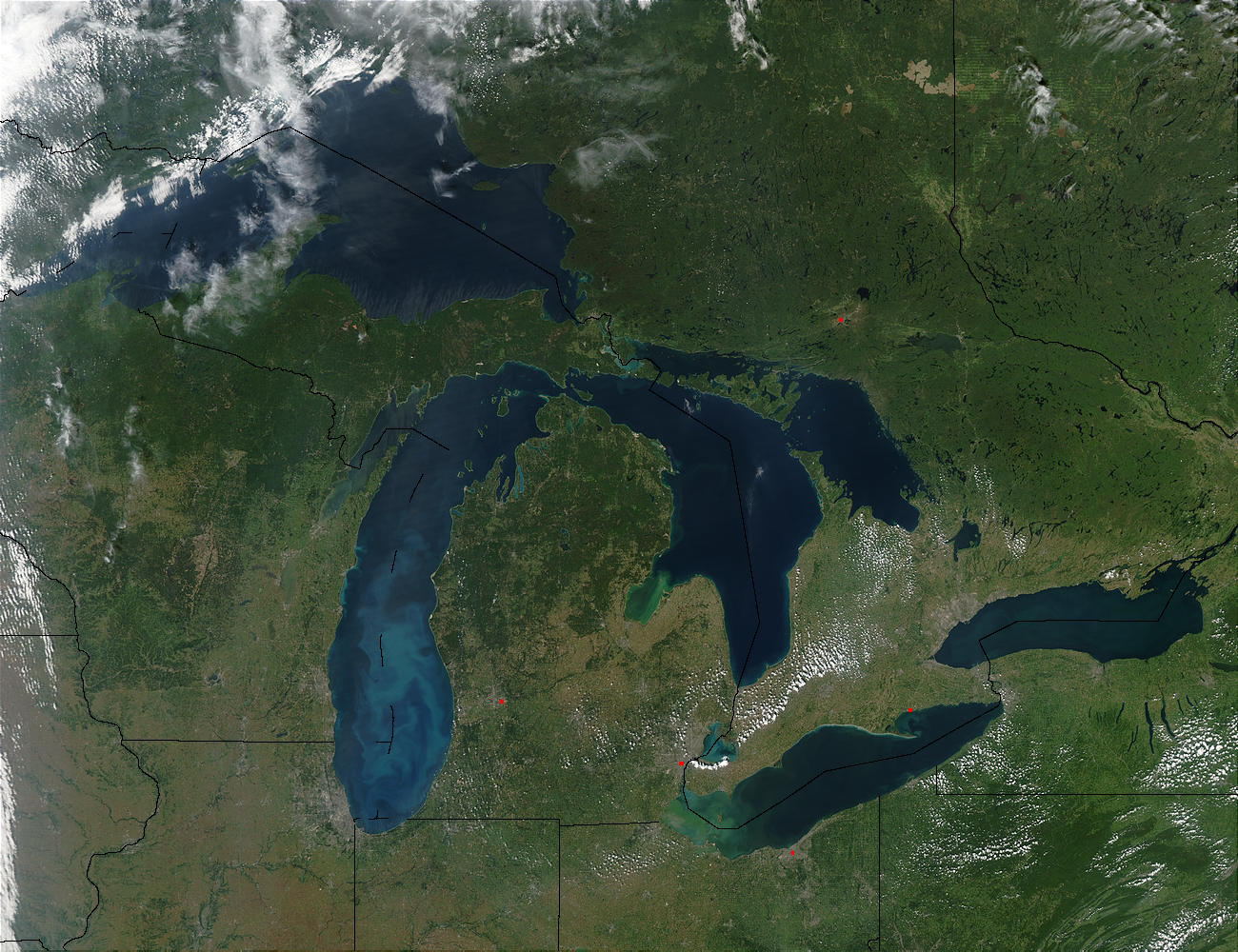
photo credit: NASA |
Our View: Keep up pressure for good of Great Lakes
(From Duluth News Tribune) – Just two months after the future brightened for a federal program actually making real progress in cleaning up the St. Louis River and other heavily polluted “areas of concern,” public and political pressure turned up even more this week for the future of the Great Lakes. First, about that federal program, the Great Lakes Restoration Initiative: In March, it was listed among potential federal budget cuts under then-new President Donald Trump. The initiative’s $300 million annual appropriation faced a slash to just $10 million, a whopping 97 percent reduction. Then it got worse. In late May, the Trump administration’s budget blueprint to Congress eliminated the initiative’s funding altogether. >>Read More.
|
 |
White Bear Lake homeowners won their lawsuit over water levels. Now what?
(From Pioneer Press) — White Bear Lake-area officials and residents are struggling to comprehend the implications of a lawsuit concerning the lake’s water levels. The August ruling by a Ramsey County judge ordered restrictions on local water use. City officials from White Bear Lake and other municipalities are concerned the ruling, which includes a potential residential watering ban, could burden area residents. Meanwhile, homeowners say the decision raises the question of whether communities should look beyond wells for their water. “We need to find out more information about, if the ruling stands, what impact it will have on our overall community,” said Tom Snell, executive director of the White Bear Area Chamber of Commerce. >>Read More.
|
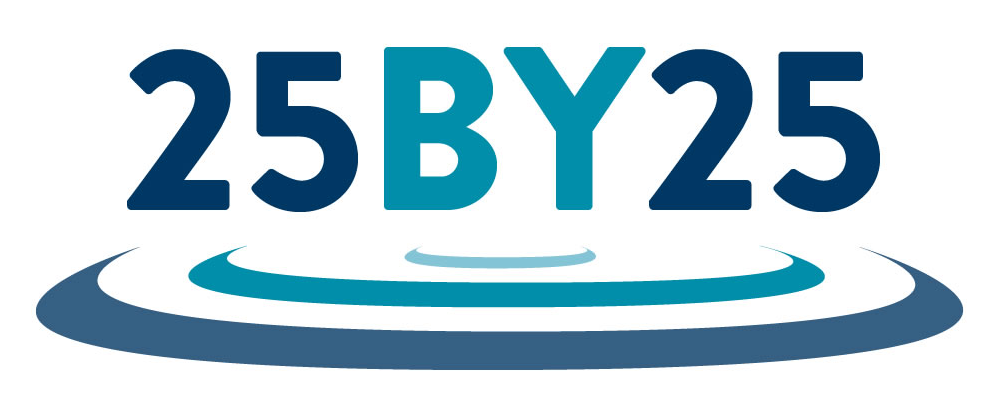 |
Dayton’s 25 by 25 meetings head to the Twin Cities
Governor Dayton has so far hosted five of his ten planned town hall meetings on his proposed “25 by 25” Water Quality Goal throughout Minnesota. The Governor is seeking input on how to improve the health of our state’s waters by 25% by the year 2025, and wants to hear Minnesotans’ ideas. The next several meetings will be coming to Minneapolis, Burnsville, and Stillwater. To find out how you can give your own input at a town hall, visit www.eqb.state.mn.us/25by25
|
 |
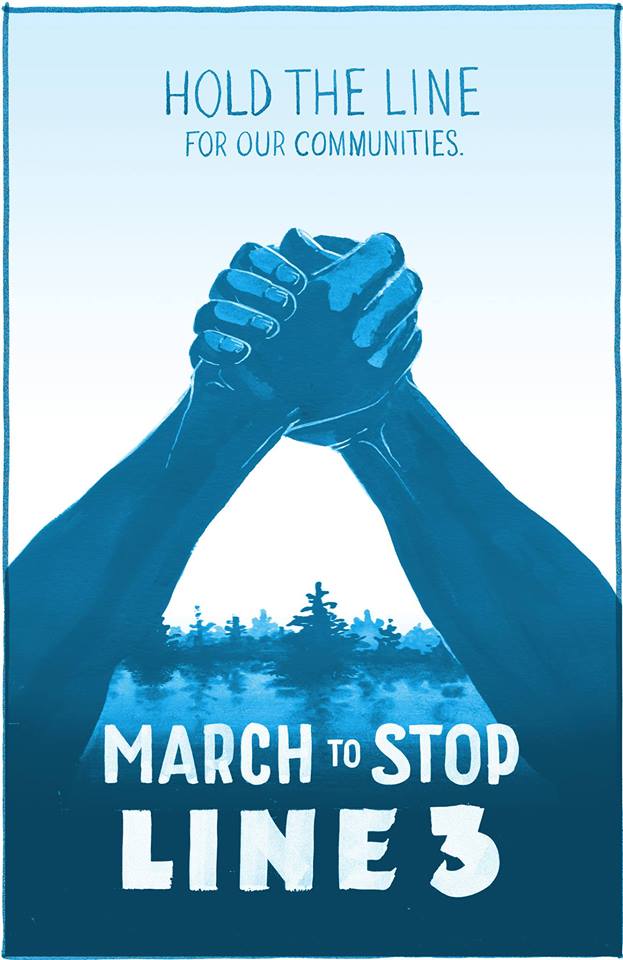
image credit: MN350 |
Hold the Line to Stop Line 3 on September 28
On the afternoon Thursday, September 28, Minnesotans from around the state will gather at the State Capitol to speak out against the proposed Enbridge Line 3 oil pipeline. The group will hold a protest rally there at 4:00 PM, featuring jingle dress dancers and speakers, including Honor the Earth’s National Campaign Director Tara Houska.
At 5:00, the coalition will march to the Intercontinental Hotel downtown to attend a public hearing on Line 3 held by the Public Utilities Commission. The PUC is gathering testimony on whether Line 3 should be granted a certificate of need, and this is a critical time for Minnesotans to speak up!
This event will be hosted by a collaboration of groups allied to protect water and tribal resources and combat climate change in Minnesota. To find out how to get involved, visit the Action Network page or the Facebook event.
|
.jpg) |
Almanac Debate: Enbridge Oil Pipeline Controversy
On Friday, September 15, MEP Executive Director Steve Morse was featured on the TPT (Twin Cities PBS) program Almanac, where he debated Cam Winton of the Minnesota Chamber of Commerce on whether the state has a need for the Line 3 pipeline. Morse explained how the PUC came to the conclusion that neither the aging, current Line 3 nor its proposed replacement is needed by Minnesotans. He went on to say that, while it will take time to transition away from fossil fuels, this pipeline would be a step in the wrong direction, and its benefits would not be worth the costs. Watch the full video here.
|
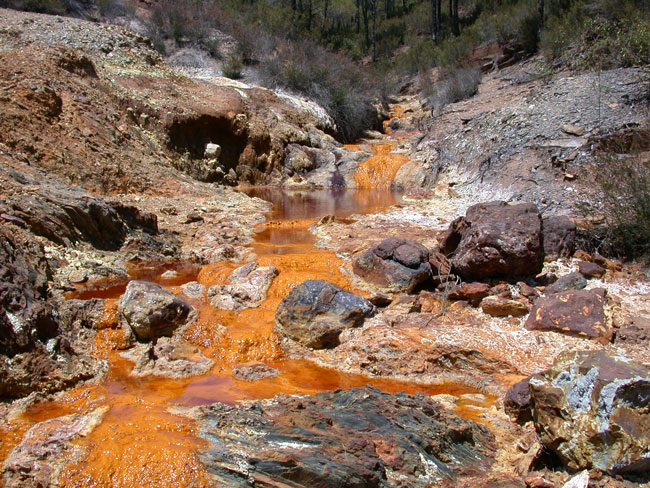
photo credit: NASA |
Northern Minnesota leaders don’t want the answers a Forest Service mining study might yield
(From MinnPost) — Political backers of the proposed Twin Metals copper-nickel mine near Ely have made progress in seeking to undermine federal funding for an ongoing study of the potential effects of sulfide mining within the Boundary Waters Canoe Area (BWCA) watershed. It’s all part of a push by Eighth District Rep. Rick Nolan and many local politicians to re-establish mineral leases for Twin Metals which the Obama administration canceled back in December and to head off any examination of some of the economic downsides of copper-nickel mining on the edge of the Boundary Waters. Sadly, such battles are too often simply about the fight, and the politics of the fight, rather than part of an overall strategic vision that has the potential to move the region’s economy forward. >>Read More.
|
 |

photo credit: The Land Institute |
Greenspace: Chatfield tests new cover crop that protects groundwater
(From Rochester Post Bulletin) — Chatfield officials are planting an uncommon crop in hopes of protecting the town’s drinking water supply. The City of Chatfield is working with the University of Minnesota and the Minnesota Rural Water Association to determine the viability of Kernza, an intermediate wheatgrass. Officials planted Kernza on 3 acres of city-owned land last week as part of an effort to protect the local water supply. Chatfield is the first city in Southeast Minnesota to plant Kernza — a perennial crop sporting a dense root structure. >>Read More.
|
|

|
 |
Southwest light-rail wall draws the ire of Minneapolis, state officials
(From Star Tribune) — A proposed concrete wall along a portion of the proposed $1.9 billion Southwest light-rail route in Minneapolis has drawn the ire of elected officials who want an additional environmental study done before the partition is built. The $20 million wall was requested by BNSF Railway while it was in right-of-way negotiations with the Metropolitan Council, which will build and operate the 14½-mile line between downtown Minneapolis and Eden Prairie. The regional planning body approved the construction of the mile-long wall between the Royalston Avenue/Farmers Market and Bryn Mawr stations last month, part of a broader agreement with BNSF. >>Read More.
|

|
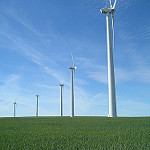 |
Want to attract Amazon? Try winning the wind race
(From MinnPost) — Last week, Minneapolis-St. Paul signaled its intention to join the race to entice Amazon to locate its new headquarters in the Twin Cities. While local officials pull together a package they hope will win the day, it’s worth considering how our friendly neighbors to the south have managed to persuade so many companies to set up shop in Iowa. Iowa, it turns out, can offer one thing more and more major corporations want: easy access to low-cost, renewable energy. In a recently published national opinion piece, “The red state with an energy blueprint,” Iowa’s Republican Gov. Kim Reynolds extolled Iowa’s burgeoning wind industry and the 37 percent of Iowa’s electricity provided by homegrown wind power. >>Read More.
|
Weekly Outdoor Trivia – Answers Below Job Postings!
|
 |
1. What conifer, named for a European country, is Minnesota’s official state tree?
2. What river, sharing its name with a type of liquor, connects Lake Mille Lacs with the Mississippi?
3. Minnesota has more bald eagles than any other state except for…?
|
|
|